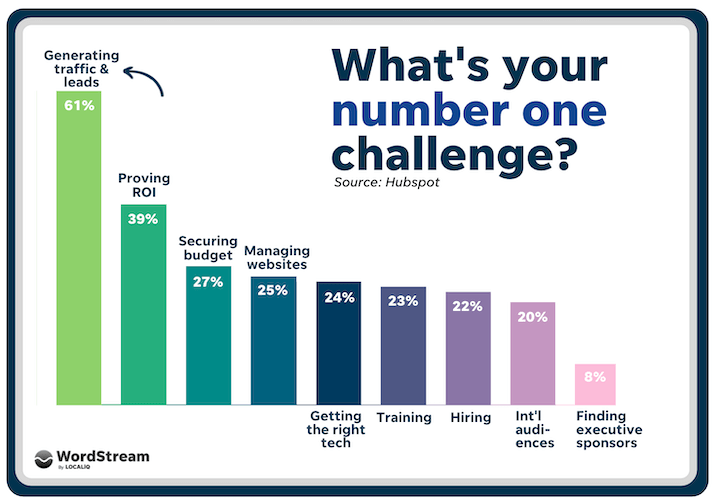The Ultimate Step-by-Step Tutorial for Improving SEO on Your Blog or Website
This comprehensive tutorial provides a step-by-step guide on how to enhance the search engine optimization (SEO) of your blog or website. From optimizing your content and meta tags to building quality backlinks and improving site speed, this tutorial covers essential techniques to boost your online visibility and drive organic traffic to your platform.

Introduction: Improving the search engine optimization (SEO) of your blog or website is crucial for driving organic traffic and increasing visibility on search engines. This step-by-step tutorial will guide you through the process of enhancing your SEO strategy. From optimizing your content and meta tags to building quality backlinks and improving site speed, these techniques will help you rank higher in search engine results and attract more visitors to your platform.
Step 1: Keyword Research and Selection
- Identify relevant keywords and phrases related to your content or niche.
- Utilize keyword research tools like Google Keyword Planner or SEMrush.
- Select keywords with a balance of search volume and competition.
Step 2: Content Optimization
- Incorporate targeted keywords naturally into your content, including titles, headings, and body text.
- Write high-quality, engaging content that provides value to your audience.
- Optimize meta tags, including title tags and meta descriptions, to accurately represent your content and attract clicks in search results.
Step 3: On-Page Optimization
- Ensure your website has a clear and intuitive site structure.
- Optimize URL structures, making them concise and keyword-rich.
- Use header tags (H1, H2, etc.) to organize your content and improve readability.
- Optimize images with descriptive alt tags and appropriate file names.
Step 4: Off-Page Optimization
- Build high-quality backlinks from reputable and relevant websites.
- Engage in guest blogging or content collaboration to generate inbound links.
- Utilize social media platforms to promote your content and attract shares and links.
Step 5: Site Speed Optimization
- Optimize image sizes and formats to reduce page loading time.
- Minify CSS, JavaScript, and HTML files to enhance site speed.
- Utilize caching techniques and content delivery networks (CDNs) to improve loading times.
Step 6: Mobile Optimization
- Ensure your website is mobile-friendly and responsive.
- Optimize for mobile loading speed and usability.
- Use responsive design elements to adapt to different screen sizes.
Step 7: Regular Monitoring and Analysis
- Monitor your website's performance using tools like Google Analytics and Google Search Console.
- Analyze key metrics such as organic traffic, bounce rate, and keyword rankings.
- Make data-driven adjustments to your SEO strategy based on the insights gained.
Conclusion: By following this step-by-step tutorial, you can improve the search engine optimization (SEO) of your blog or website and attract more organic traffic. Remember to conduct thorough keyword research, optimize your content and meta tags, build quality backlinks, improve site speed, and ensure mobile optimization. Regular monitoring and analysis will help you refine your SEO strategy and stay ahead in the competitive online landscape. Implement these techniques and watch your visibility and traffic soar.
What's Your Reaction?





















![Canva Tutorial For Beginners | How to Use Canva Like PRO [FREE] | Canva Full Course](https://img.youtube.com/vi/yWJp7gQqCQ8/maxresdefault.jpg)
